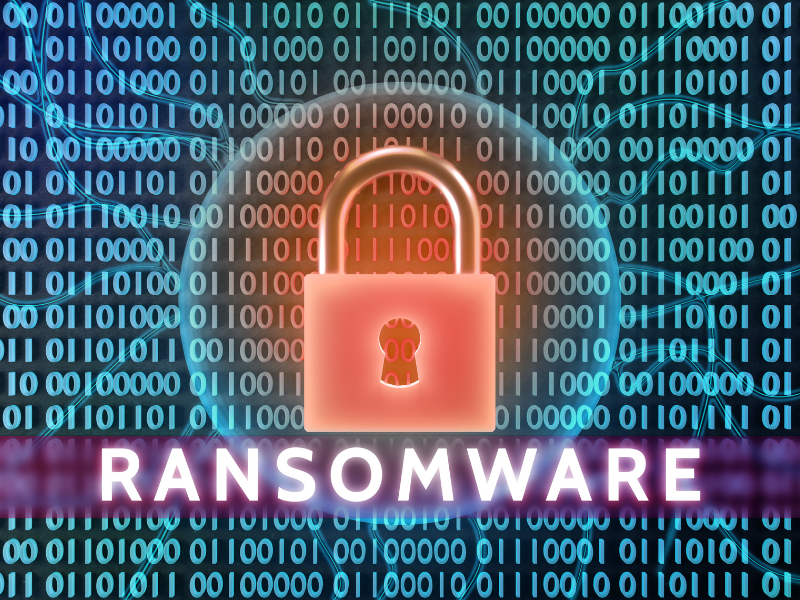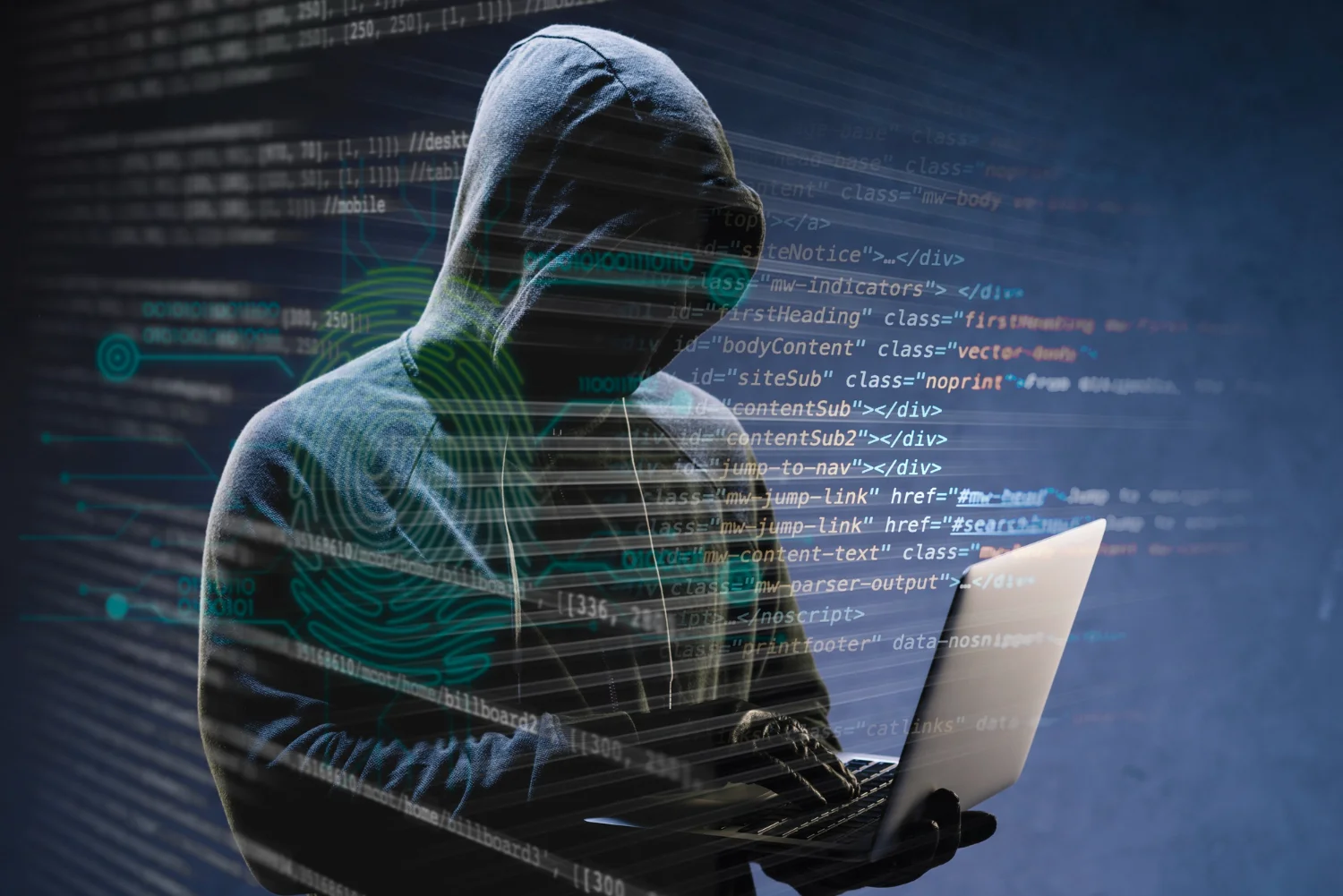In late 2023, the Los Angeles Unified School District (LAUSD) experienced a major ransomware attack that disrupted its operations and exposed sensitive data. While the district had basic cybersecurity measures in place, the attack revealed serious weaknesses in its network. This incident highlights the increasing cybersecurity risks that organizations face, no matter their size, and emphasizes the need for continuous improvements in security practices.
In this article, we’ll explain what happened during the LAUSD ransomware attack, its impact, and the critical lessons that all organizations can learn to protect themselves from similar threats.
What Happened During the LAUSD Ransomware Attack?
The LAUSD ransomware attack began when hackers accessed the district’s computer systems and locked crucial files, making them unreadable without a decryption key. The attack caused major disruptions, impacting payroll, student records, and communication systems. It also involved the theft of personal data, including details about students and staff, raising concerns about identity theft and fraud.
Initial investigations suggested the attackers exploited outdated software, possibly entering via a phishing email. Although LAUSD had firewalls and antivirus programs, these weren’t sufficient to stop the breach, showcasing the challenges public institutions face in maintaining LAUSD cybersecurity.
What Is Ransomware?
Ransomware is malicious software that locks files or systems until a ransom is paid. In LAUSD’s case, the hackers encrypted files and stole personal data, creating a dual threat: operational disruption and potential misuse of sensitive information. Schools, which store vast amounts of personal data, are particularly vulnerable to such attacks.
Ransomware attacks have increased, with organizations of all sizes and industries becoming frequent targets. According to a report by Cybersecurity Ventures, cybercrime is expected to cost the world $10.5 trillion annually by 2025, up from $3 trillion in 2015. This staggering statistic underscores the growing threat of cyber-attacks and the urgent need for businesses to prioritize cybersecurity.
Key Lessons from the LAUSD Attack
The LAUSD ransomware attack offers valuable insights for organizations of all types:
1. Keep Software and Systems Updated
Outdated systems are easy targets for hackers. Regular software updates help close security gaps and reduce vulnerabilities. The LAUSD hacking incident likely occurred due to unpatched software, allowing attackers to exploit weaknesses. Businesses should make updating their systems and applications a priority.
A report from the National Cyber Security Centre shows that 60% of cyberattacks exploit known vulnerabilities that have patches available. Regular updates are key to preventing such attacks.
2. Secure All Devices
Every device connected to a network should be protected to prevent malware from spreading. In the LAUSD network security case, hackers may have gained access through a compromised employee device. All endpoints, including laptops, desktops, and mobile devices, should be secured with strong passwords, firewalls, and antivirus protection.
3. Train Employees to Spot Phishing Attempts
Many attacks start with phishing emails that trick employees into opening harmful attachments or clicking on links. A 2022 Verizon Data Breach Investigations Report found that 36% of all breaches involved phishing.
Employee training is crucial to help staff recognize and avoid these threats. LAUSD’s attack might have begun with a phishing attempt that led to the breach. Regular security awareness training can make a huge difference.
4. Backup Data Regularly
Having regular backups stored securely is one of the most effective ways to recover from a ransomware attack. LAUSD’s recovery process could have been much faster if proper data backup systems were in place. According to a report from Veeam, 41% of organizations that experienced a ransomware attack in 2021 did not have reliable data backup systems, making recovery difficult and costly.
5. Have an Incident Response Plan
A clear, tested plan ensures quick action during an attack, minimizing damage. LAUSD’s response to the attack was slow, highlighting the importance of being prepared. Organizations should have a formal incident response plan regularly tested to ensure readiness when an attack occurs. The Ponemon Institute’s 2022 Cost of a Data Breach report showed that companies with an incident response plan saved, on average, $2 million on the total cost of a breach.
How LAUSD Is Addressing Cybersecurity Gaps
LAUSD has taken several steps following the attack to improve its cybersecurity measures. These include:
- Updating Outdated Systems: LAUSD is working to ensure that all software and systems are up to date to prevent similar breaches in the future.
- Enhancing Network Security: They strengthen network security with better encryption and protection tools to safeguard sensitive data.
- Employee Training: LAUSD provides more comprehensive training to help staff identify phishing attempts and other threats.
- Incident Response Improvement: The district is working with cybersecurity experts to refine its response protocols and ensure quicker, more effective action during a future attack.
The Bigger Picture: Rising Cyber Threats
The LAUSD ransomware attack is part of a growing trend of cyberattacks targeting organizations across industries. According to the Cybersecurity and Infrastructure Security Agency (CISA), ransomware attacks have increased by over 300% in the last three years.
As more institutions rely on technology, cloud services, and remote work, the risk of cyberattacks increases. For example, In 2022, healthcare organizations experienced a significant surge in cyberattacks, with global incidents rising by 74% compared to the previous year.
This shows that no sector is immune to cyber threats. Whether you’re in healthcare, government, or education, cybersecurity must be a top priority.
Conclusion
The cyber-attack on LAUSD serves as a wake-up call for organizations of all kinds to take cybersecurity seriously. It’s crucial to keep systems updated, secure devices, train employees, and have a solid incident response plan. With proper preparation, organizations can reduce the risks of cyberattacks.
How Can Imagine IT Help You Prevent an Attack Like LAUSD Ransomware Attack?
Imagine IT, a leading managed service provider in Minneapolis, Bloomington, Wichita, Sterling, Zeeland, and Garden City, helps organizations strengthen their cybersecurity and reduce the risk of incidents like the LAUSD data breach. Our team is here to safeguard your network and data.
Contact us today to learn how we can help protect your organization from cyber threats.





